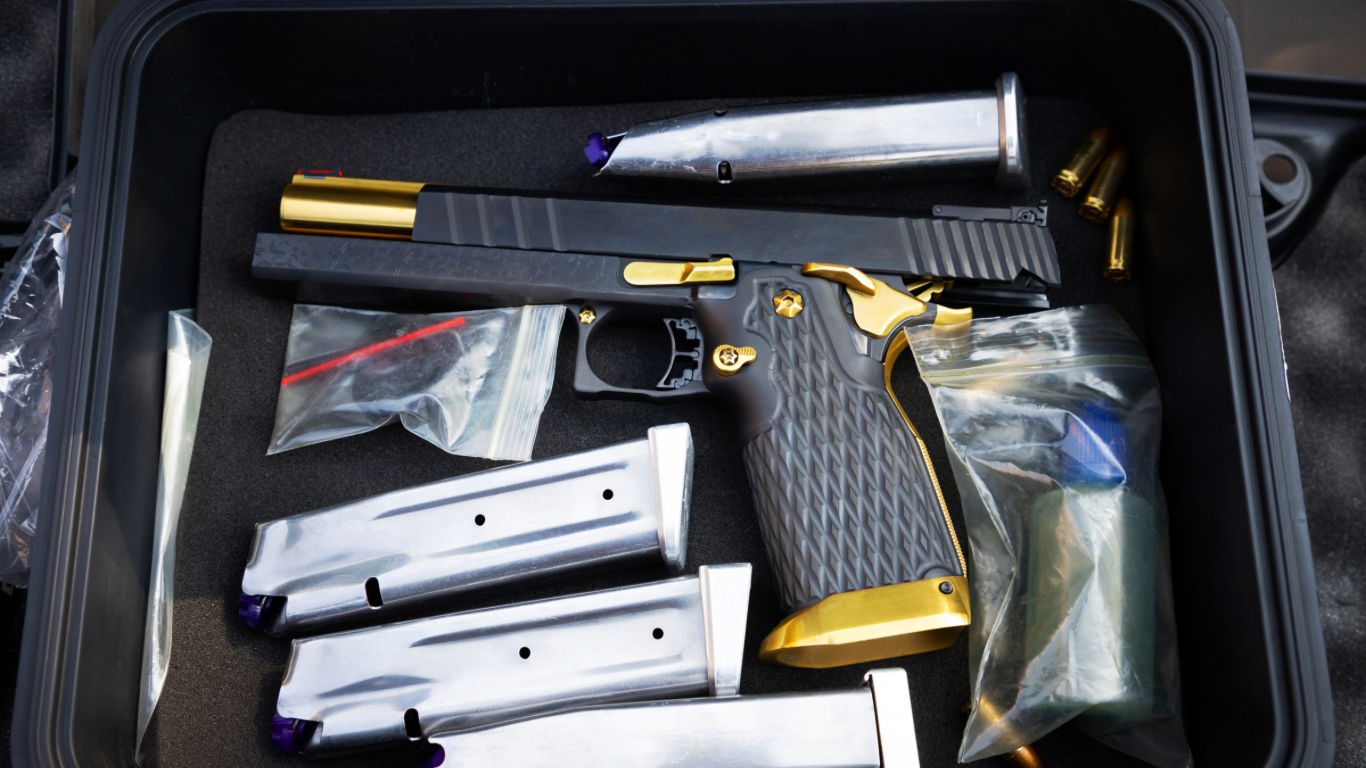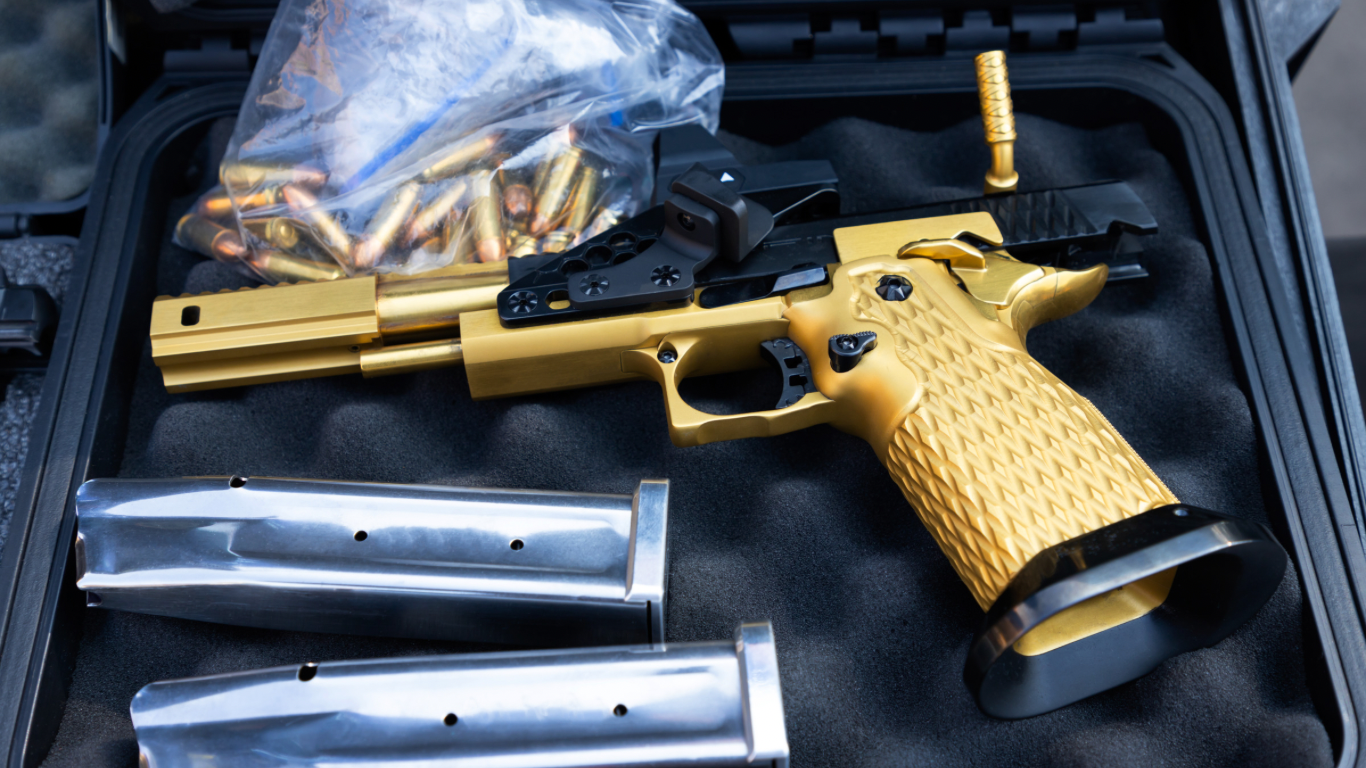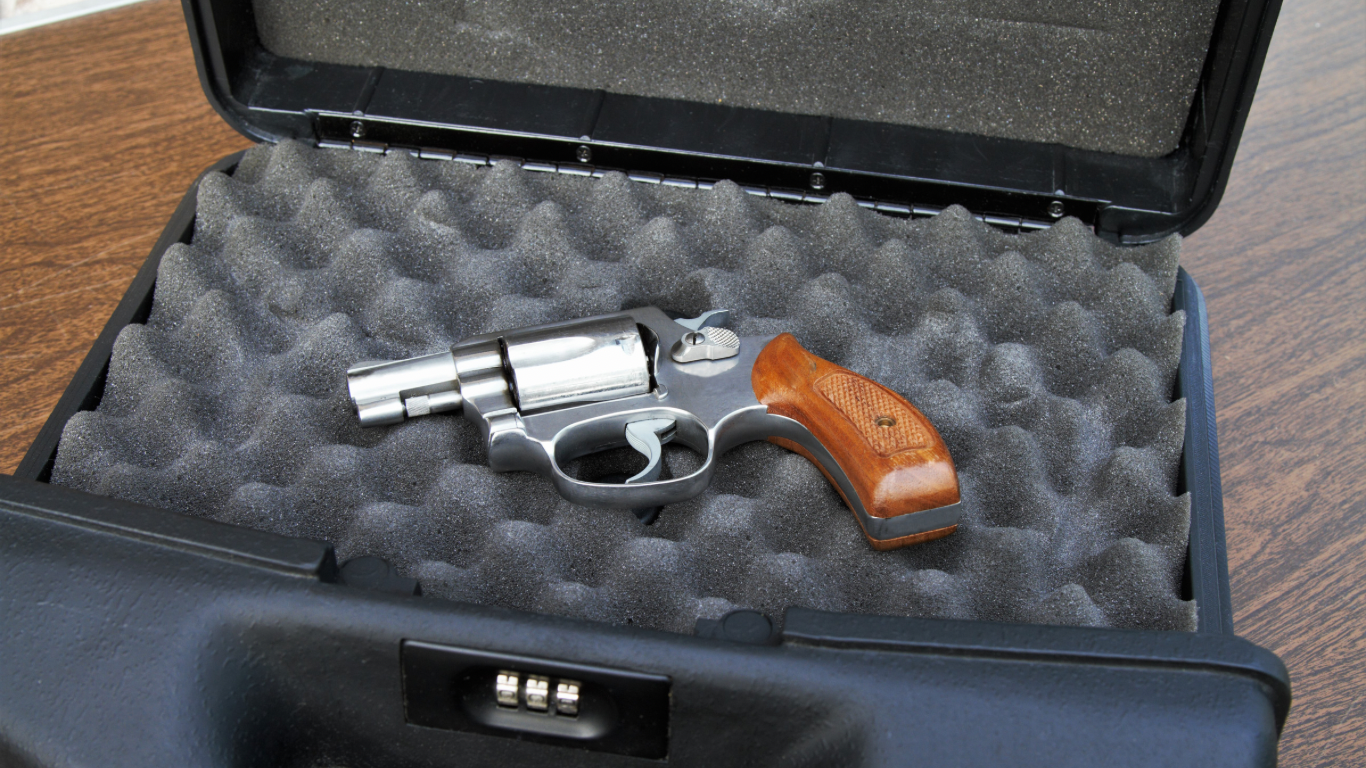Transporting guns and ammunition can be a tricky task, particularly if you are not aware of the regulations that govern the transportation of these items. There are several do’s and don’ts that need to be followed to ensure maximum safety and compliance. In this article, we will cover the basics of transporting guns and ammunition, including what steps to take and what to avoid.
Know the Laws
Before you hit the road with your firearms and ammunition, it is essential to understand the laws regarding their transportation. This includes federal, state, and local laws that may vary by location. For example, some states have stricter laws than others when it comes to transporting guns and ammunition. Make sure you are familiar with the laws in your particular area and ensure that you comply with all of them.
Use Proper Containers
One of the most important things to remember when transporting guns and ammunition is to keep them in the appropriate containers. Guns and ammo should be carried separately from each other and stored in separate, locked containers. The containers must have a secure locking mechanism and should be highly durable to prevent any accidental discharge or damage. Further, make sure the contents are unloaded and kept far from the reach of minors or unauthorized persons.
Avoid Certain Places
It is always better to be safe than sorry, so it’s best to avoid certain areas when traveling with guns and ammunition. Government buildings, school zones, and other places with high security require strict compliance with rules and regulations, and guns or ammunition may be prohibited. Check beforehand with your destination for any restrictions, as failure to adhere to the regulations can lead to legal complications, such as hefty fines or even imprisonment.
Declaring the Contents
It is essential to declare your firearm when traveling by air or if you’re crossing border lines. This can help speed up the process of airport security and border patrol, particularly if you’re transporting them over long distances or internationally. You should inform them of the kind and nature of your guns and ammunition, their weight, and any other relevant information.
Be Careful While Driving
If you are transporting the guns and ammunition in your vehicle, make sure they are stored safely and correctly. Make sure to store the weapons in the trunk, glove box, or another locked container with the ammunition in separate containers. Further, avoid making stops or pulling over to unsafe areas. Follow all traffic rules, and avoid all distractions that may arise while driving. If possible, try to hire a professional driver to ensure maximum safety and compliance.
Conclusion
Transporting guns and ammunition can pose risks and complexities, but it can be done safely and legally. Keep in mind that it is crucial to follow the regulations concerning the transportation of firearms and ammunition. By following these simple do’s and don’ts, you’ll be able to move guns and ammo anywhere safely and efficiently. Remember, when in doubt, reach out to the authorities or professional transportation firms to help you safely transport your firearms and ammunition.






